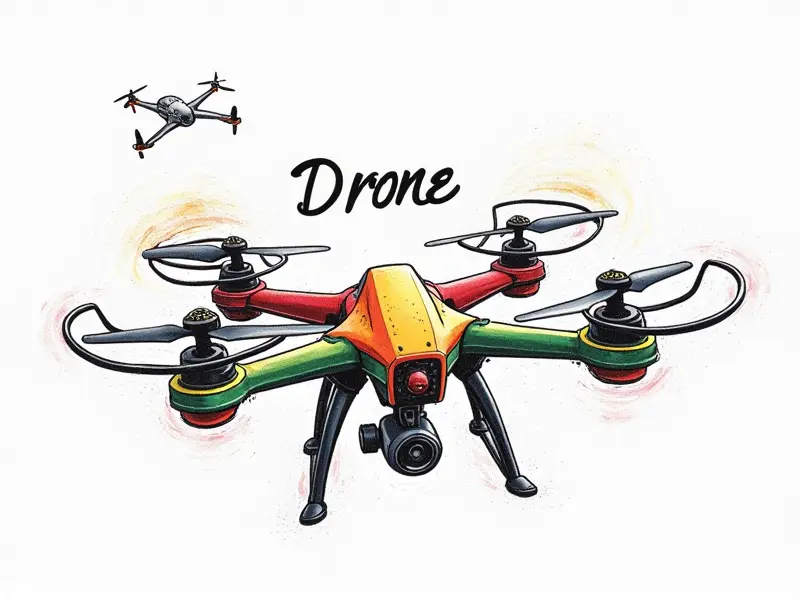Shortwave radio transmitter

Introduction to Shortwave Radio Transmitters
Shortwave radio transmitters are essential tools for long-distance communication and broadcasting. They operate on frequencies between 3 MHz and 30 MHz, allowing signals to travel great distances by reflecting off the ionosphere. This makes them ideal for global communications, emergency broadcasts, and amateur radio enthusiasts.
The History of Shortwave Radio Transmitters
Shortwave radio transmitters have a rich history dating back to the early 1900s when they were first used for long-distance communication. During World War II, shortwave radios played a crucial role in military communications and intelligence gathering.
The Evolution of Shortwave Technology
- Early Development: The first shortwave transmitters were large and cumbersome, but they revolutionized global communication.
- Advancements in the 20th Century: Technological improvements led to more compact and efficient designs.
- Modern Era: Today's shortwave transmitters are highly advanced, offering features like digital modulation and software-defined radio (SDR).
The Technology Behind Shortwave Radio Transmitters
Shortwave radio transmitters use a combination of hardware and software to transmit signals over long distances. Key components include:
Frequency Range
- Frequencies: 3 MHz to 30 MHz.
- Propagation: Signals travel via skywave propagation, reflecting off the ionosphere.
Key Components of a Shortwave Transmitter
- Tuning Capacitors: Adjust frequencies for optimal transmission.
- Microwave Oscillators: Generate high-frequency signals.
- Preamplifiers and Filters: Enhance signal quality before transmission.
Applications of Shortwave Radio Transmitters
Shortwave radio transmitters have a wide range of applications, including:
Agricultural Broadcasting
- Farmers: Receive weather updates and market information.
- Crop Management: Learn about pest control and irrigation techniques.
Emergency Communications
- Natural Disasters: Provide critical information during earthquakes, floods, and hurricanes.
- Terrorism Alerts: Broadcast warnings and instructions in crisis situations.
Air Traffic Control
- Communication: Transmit voice commands to pilots.
- Navigational Aids: Provide guidance for safe flight paths.
Setting Up a Shortwave Radio Transmitter
To set up a shortwave radio transmitter, follow these steps:
Selecting the Right Equipment
- Transmitter: Choose a high-quality model with good range and reliability.
- Antenna: Install an efficient antenna for optimal signal transmission.
- Microwave Oscillator: Ensure it generates the correct frequency range.
Tuning Your Transmitter
- Fine-Tune Capacitors: Adjust them to match your desired frequency.
- Test Signals: Use a spectrum analyzer to check transmission quality.
The Future of Shortwave Radio Transmitters
The future of shortwave radio transmitters is promising, with ongoing advancements in technology and increased demand for reliable long-distance communication solutions. Emerging trends include:
Digital Modulation Techniques
- Enhanced Signal Quality: Digital modulation improves clarity and reduces interference.
- Data Transmission: Enable the transfer of digital information alongside voice signals.
Software-Defined Radio (SDR)
- Flexibility: SDR allows for easy reconfiguration and customization of radio functions.
- Cost Efficiency: Reduces the need for multiple hardware components.
Conclusion
Shortwave radio transmitters are indispensable tools for long-distance communication, broadcasting, and emergency services. By understanding their history, technology, and applications, you can make informed decisions about setting up your own transmitter or choosing the right equipment for your needs. As technology continues to evolve, shortwave radio transmitters will remain a vital part of global communications infrastructure.

